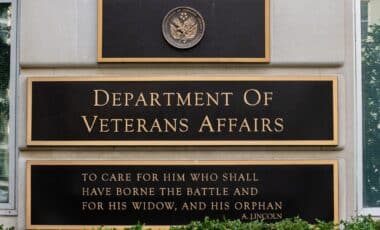With the rising cost of living, millions of American families are turning to SNAP (Supplemental Nutrition Assistance Program) benefits to help meet their basic food needs.
This vital program, administered by the U.S. Department of Agriculture (USDA), continues to provide essential support for low-income households, ensuring that they have access to nutritious food each month.
For 2025, the federal maximum monthly benefit for a family of eight can reach $1,756. While the program plays a crucial role in reducing food insecurity, the increasing cost of food and inflation raise questions about whether these benefits are sufficient.
SNAP Eligibility and Payment Distribution
SNAP is specifically designed to assist individuals and families with limited financial resources. To qualify, households must demonstrate income levels below 130% of the Federal Poverty Level and meet certain residency and citizenship criteria. Additionally, allowable expenses, such as housing costs and childcare, can be deducted when determining eligibility.
Each state administers its own SNAP program, following federal guidelines. For the week of July 12-19, 2025, at least 28 states and territories are scheduled to distribute some or all of their SNAP benefits.
Other states will follow specific distribution windows, ensuring families receive their benefits in a timely manner:
- Alabama: Distribution between July 4 and 23
- Arizona: Distribution between July 1 and 13 (Includes 12 and 13)
- Arkansas: Distribution between July 4 and 13 (Includes 12 and 13)
- Delaware: Distribution between July 2 and 23
- Florida: Distribution between July 1 and 28
- Georgia: Distribution between July 5 and 23
- Illinois: Distribution between July 1 and 20
- Indiana: Distribution between July 5 and 23
- Kentucky: Distribution between July 1 and 19
- Louisiana: Distribution between July 1 and 23
- Maine: Distribution between July 10 and 14
- Maryland: Distribution between July 4 and 23
- Massachusetts: Distribution between July 1 and 14 (Includes 12-14)
- Michigan: Distribution between July 3 and 21
- Minnesota: Distribution between July 4 and 13 (Includes 12 and 13)
- Mississippi: Distribution between July 4 and 21
- Missouri: Distribution between July 1 and 22
- New Mexico: Distribution between July 1 and 20
- North Carolina: Distribution between July 3 and 21
- Ohio: Distribution between July 2 and 20
- Pennsylvania: Distribution between July 3 and 14
- Puerto Rico: Distribution between July 4 and 22 (Under the PAN program)
- South Carolina: Distribution between July 1 and 19
- Tennessee: Distribution between July 1 and 20
- Texas: Distribution between July 1 and 28
- Utah: Distribution on July 5, 11, and 15 (The 15th is within range)
- Washington: Distribution between July 1 and 20
- Wisconsin: Distribution between July 1 and 15 (Includes 12-15)
How Much Assistance Can You Expect?
The amount of SNAP benefits varies depending on household size. In the contiguous United States, a single individual can receive $291, while a family of eight is eligible for $1,756. For families with more than eight members, $219 is added for each additional person.
In areas with higher living costs such as Alaska and Hawaii, benefits are adjusted accordingly to reflect local food prices.
According to the Center on Budget and Policy Priorities (CBPP), these benefit amounts are essential for millions of families struggling to afford basic food, yet the program’s effectiveness is sometimes questioned given the increasing costs of food and inflation.
While SNAP remains a critical lifeline for many, there is ongoing debate about whether the program provides enough assistance to fully address the challenges posed by the rising cost of living. The USDA’s adjustments to benefit levels aim to address some of these concerns, but questions about SNAP’s adequacy persist.









